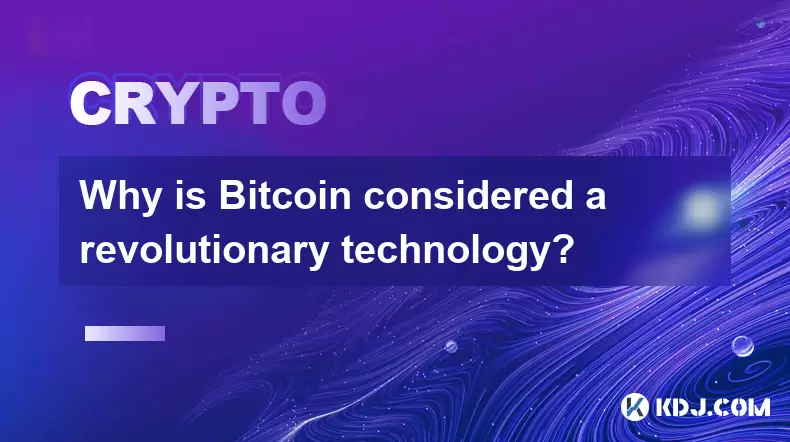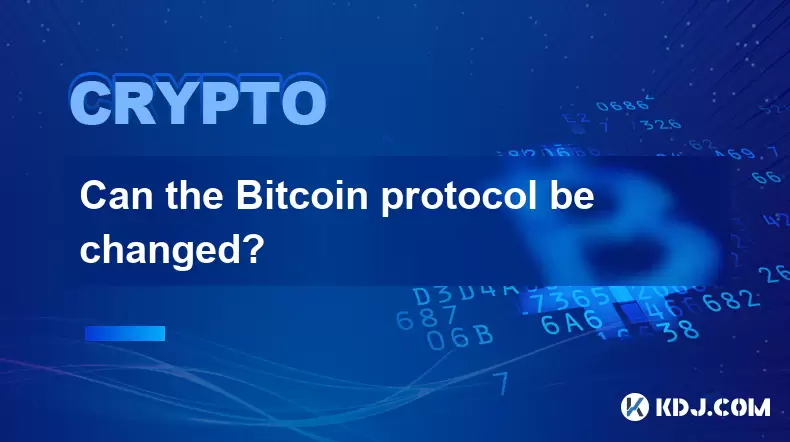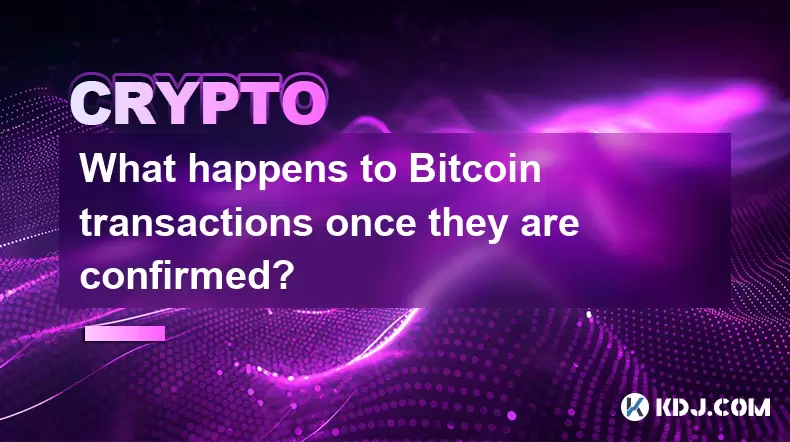-
 bitcoin
bitcoin $122090.672462 USD
1.59% -
 ethereum
ethereum $4493.758974 USD
0.56% -
 xrp
xrp $3.033145 USD
0.65% -
 tether
tether $1.000629 USD
0.00% -
 bnb
bnb $1169.854250 USD
7.07% -
 solana
solana $230.954786 USD
-0.19% -
 usd-coin
usd-coin $0.999785 USD
0.00% -
 dogecoin
dogecoin $0.256108 USD
-1.12% -
 tron
tron $0.342333 USD
-0.12% -
 cardano
cardano $0.859632 USD
-0.10% -
 hyperliquid
hyperliquid $48.932146 USD
-2.25% -
 chainlink
chainlink $22.345466 USD
-1.29% -
 ethena-usde
ethena-usde $1.000217 USD
-0.03% -
 avalanche
avalanche $31.203456 USD
1.93% -
 sui
sui $3.579145 USD
1.05%
What is the purpose of Bitcoin mining, and what do miners do?
Bitcoin mining secures the network by validating transactions, preventing double-spending, and maintaining consensus through Proof of Work.
Aug 07, 2025 at 02:01 am

Understanding the Core Purpose of Bitcoin Mining
The primary purpose of Bitcoin mining is to secure the network and validate transactions in a decentralized manner. Bitcoin operates without a central authority, so mining ensures that all participants agree on the state of the blockchain. When users send Bitcoin to one another, these transactions are grouped into blocks. Miners are responsible for confirming these transactions and adding them to the public ledger, known as the blockchain. This process prevents double-spending, a critical issue in digital currencies where the same coins could be spent more than once. By solving complex cryptographic puzzles, miners prove their work and earn the right to append a new block. This mechanism, known as Proof of Work (PoW), is fundamental to Bitcoin’s trustless architecture.
The Role of Miners in Transaction Verification
Miners collect pending Bitcoin transactions from the network’s mempool—a holding area for unconfirmed transactions. They verify each transaction by checking digital signatures, ensuring the sender has sufficient funds, and confirming that the inputs haven’t already been spent. Once verified, transactions are bundled into a candidate block. The miner then begins the process of finding a valid block hash that meets the current network difficulty target. This involves repeatedly hashing the block header with a changing nonce value until a hash below the target is found. The first miner to discover such a hash broadcasts the block to the network. Other nodes validate the solution and, if correct, add the block to their copy of the blockchain. This entire process ensures transaction integrity and network consensus.
How Mining Contributes to Network Security
Bitcoin’s security relies on the computational power dedicated to mining. The more hashing power (measured in terahashes per second or TH/s) devoted to the network, the harder it becomes for malicious actors to alter past transactions. To rewrite a block, an attacker would need to redo the Proof of Work for that block and all subsequent blocks, which requires controlling more than 50% of the total network hash rate—a scenario known as a 51% attack. The cost of acquiring such power is prohibitively high, making attacks economically unfeasible. Therefore, miners not only process transactions but also act as guardians of immutability. Their continuous investment in hardware and electricity reinforces the network’s resilience against tampering.
The Economic Incentives Behind Mining
Miners are financially rewarded for their efforts through two main sources: the block reward and transaction fees. The block reward is newly minted Bitcoin given to the miner who successfully adds a block to the blockchain. This reward undergoes a halving event approximately every four years (or every 210,000 blocks), reducing the number of new Bitcoins created. As of now, the block reward is 3.125 BTC per block. In addition to this, miners collect fees attached to each transaction included in their block. Users can set higher fees to prioritize their transactions during periods of network congestion. Over time, as the block reward diminishes, transaction fees are expected to become the dominant incentive for miners to continue securing the network.
Technical Setup and Operational Workflow of Miners
To participate in Bitcoin mining, individuals or organizations must set up specialized hardware and software. The process involves several key steps:
- Acquire ASIC (Application-Specific Integrated Circuit) miners designed specifically for SHA-256 hashing, the algorithm used by Bitcoin.
- Install mining software such as BFGMiner, CGMiner, or EasyMiner, which connects the hardware to the Bitcoin network.
- Choose whether to mine independently (solo mining) or join a mining pool to combine computational power with others and receive more consistent payouts.
- Configure the software with the pool’s server address, port, and worker credentials if joining a pool.
- Ensure a stable internet connection and sufficient power supply, as mining consumes significant electricity.
- Monitor system temperature and performance to prevent hardware failure due to overheating.
Mining pools distribute rewards based on the amount of work contributed, typically measured in shares. Each share represents a valid proof of partial work submitted by the miner. This setup allows smaller miners to earn predictable income despite the low probability of finding a block alone.
Environmental and Energy Considerations in Mining
Bitcoin mining has drawn attention due to its energy consumption. Large-scale mining operations often locate in regions with cheap electricity, such as areas with surplus hydroelectric, geothermal, or natural gas power. Some miners utilize flared gas from oil fields, converting wasted energy into computational power. While the energy footprint is substantial, studies show a growing portion of mining uses renewable energy sources. Transparency in energy mix reporting and the development of more efficient ASICs aim to reduce environmental impact. Regulatory scrutiny and public pressure continue to influence how mining operations source and report their power usage.
Frequently Asked Questions
Can anyone become a Bitcoin miner today?Yes, technically anyone can mine Bitcoin, but profitability depends on access to low-cost electricity, efficient hardware, and joining a mining pool. Due to high competition and difficulty, individual miners using consumer-grade equipment rarely earn meaningful returns.
What happens if two miners find a block at the same time?When simultaneous blocks occur, the network temporarily splits. Miners continue building on the first block they receive. The chain that grows longer becomes the accepted version, and the other block becomes orphaned. Transactions in the orphaned block return to the mempool for inclusion in future blocks.
Is Bitcoin mining legal everywhere?Mining legality varies by country. It is permitted in most Western nations, including the U.S., Canada, and Germany. However, countries like China have banned mining, while others impose strict regulations on energy use or licensing. Always verify local laws before setting up mining operations.
How often does the mining difficulty adjust?Bitcoin adjusts its mining difficulty every 2,016 blocks, approximately every two weeks. The adjustment ensures that blocks are mined at an average rate of one every ten minutes, regardless of changes in total network hash power. If blocks are found too quickly, difficulty increases; if too slowly, it decreases.
Disclaimer:info@kdj.com
The information provided is not trading advice. kdj.com does not assume any responsibility for any investments made based on the information provided in this article. Cryptocurrencies are highly volatile and it is highly recommended that you invest with caution after thorough research!
If you believe that the content used on this website infringes your copyright, please contact us immediately (info@kdj.com) and we will delete it promptly.
- BlockDAG, DOGE, HYPE Sponsorship: Crypto Trends Shaping 2025
- 2025-10-01 00:25:13
- Deutsche Börse and Circle: A StableCoin Adoption Powerhouse in Europe
- 2025-10-01 00:25:13
- BlockDAG's Presale Buzz: Is It the Crypto to Watch in October 2025?
- 2025-10-01 00:30:13
- Bitcoin, Crypto, and IQ: When Genius Meets Digital Gold?
- 2025-10-01 00:30:13
- Stablecoins, American Innovation, and Wallet Tokens: The Next Frontier
- 2025-10-01 00:35:12
- NBU, Coins, and Crypto in Ukraine: A New Yorker's Take
- 2025-10-01 00:45:14
Related knowledge

Why is Bitcoin considered a revolutionary technology?
Aug 12,2025 at 08:29pm
Decentralization and the Elimination of Central AuthoritiesThe core innovation behind Bitcoin lies in its decentralized architecture, which fundamenta...

Why is Bitcoin considered a revolutionary technology?
Aug 10,2025 at 07:42pm
Decentralized Architecture and Trustless TransactionsBitcoin is considered revolutionary because it introduced a decentralized architecture that opera...

What are the key features of Bitcoin?
Aug 10,2025 at 02:50am
Decentralization and Peer-to-Peer NetworkOne of the most defining characteristics of Bitcoin is its decentralized nature. Unlike traditional financial...

Can the Bitcoin protocol be changed?
Aug 07,2025 at 01:16pm
Understanding the Bitcoin ProtocolThe Bitcoin protocol is the foundational set of rules that govern how the Bitcoin network operates. It defines every...

Can the Bitcoin protocol be changed?
Aug 11,2025 at 01:01am
Understanding the Bitcoin Protocol StructureThe Bitcoin protocol is the foundational set of rules that govern how the Bitcoin network operates. These ...

What happens to Bitcoin transactions once they are confirmed?
Aug 09,2025 at 05:22am
Understanding Bitcoin Transaction ConfirmationWhen a Bitcoin transaction is initiated, it is broadcast to the network and placed in a pool of unconfir...

Why is Bitcoin considered a revolutionary technology?
Aug 12,2025 at 08:29pm
Decentralization and the Elimination of Central AuthoritiesThe core innovation behind Bitcoin lies in its decentralized architecture, which fundamenta...

Why is Bitcoin considered a revolutionary technology?
Aug 10,2025 at 07:42pm
Decentralized Architecture and Trustless TransactionsBitcoin is considered revolutionary because it introduced a decentralized architecture that opera...

What are the key features of Bitcoin?
Aug 10,2025 at 02:50am
Decentralization and Peer-to-Peer NetworkOne of the most defining characteristics of Bitcoin is its decentralized nature. Unlike traditional financial...

Can the Bitcoin protocol be changed?
Aug 07,2025 at 01:16pm
Understanding the Bitcoin ProtocolThe Bitcoin protocol is the foundational set of rules that govern how the Bitcoin network operates. It defines every...

Can the Bitcoin protocol be changed?
Aug 11,2025 at 01:01am
Understanding the Bitcoin Protocol StructureThe Bitcoin protocol is the foundational set of rules that govern how the Bitcoin network operates. These ...

What happens to Bitcoin transactions once they are confirmed?
Aug 09,2025 at 05:22am
Understanding Bitcoin Transaction ConfirmationWhen a Bitcoin transaction is initiated, it is broadcast to the network and placed in a pool of unconfir...
See all articles










































































